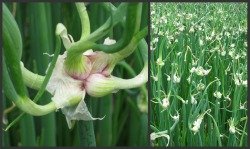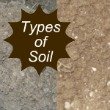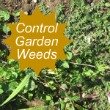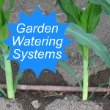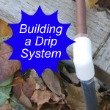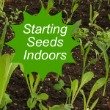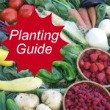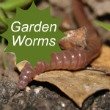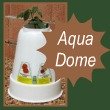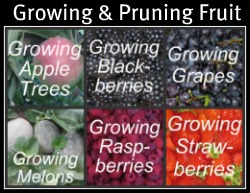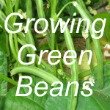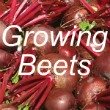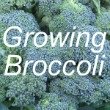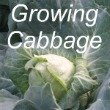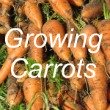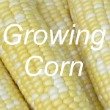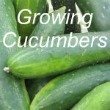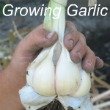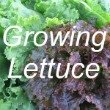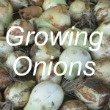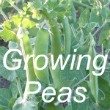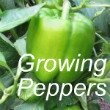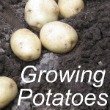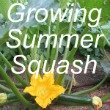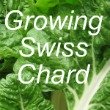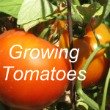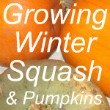|
Growing PeasStart growing peas in the early spring. They are one of the first vegetables you’ll harvest out of your garden. Fresh peas are absolutely delicious. We love to eat raw peas straight from the garden. Peas are a legume and are high in protein and other nutrients. Planting Peas Planting PeasAs soon as the soil dries out in the spring you can plant your peas. Be sure to wait until the soil is dry before you rototill. Here’s the test: when you make a ball in your hand, the soil will fall apart rather than form a wet mud ball. If the soil is too wet, rototilling it will ruin the texture of the soil. You want to create a seedbed that’s soft and loamy. Peas are cold hardy and thrive during the cool spring weather. Growing peas don’t like the hot summer. Plant the pea seeds about 2 inches deep with 2-3 inches between plants. Plant two rows that are 6 inches apart. Place a wire fence between the two rows so the peas can climb up the fence. This makes it easier to pick the growing peas. Adding an Inoculant to the SeedsLegumes help build the soil by putting nitrogen back into the soil. To help encourage this process, use a soil inoculant, which effectively introduces Rhizobium bacteria to the seeds at planting. Add a small amount of the inoculant to the seeds before planting. If you dampen the outside of the seeds, the inoculant will stick to the seeds. What is an inoculant? It is a mixture of various beneficial bacteria. The inoculant and seed have a symbiotic relationship. These bacteria take free atmospheric nitrogen and attach or fix it to the root system of the legumes (peas and beans). Small, white, nitrate nodules form on the roots. The growing plant uses this valuable nitrogen. The nitrogen-rich root nodules remain in the soil and are also used by plants that are later grown in the soil. Nitrogen is essential for growing corn. Rotate your crops and plant the corn where the beans and peas used to be. Keep the seeds moist until they germinate. Keep your pea plants watered. See
Garden Watering Systems. Harvesting PeasShortly after the peas come into blossom, the pods will form. When the pea pods start getting fat, they’re ready to pick. Keep an eye on the growing peas so that the peas in the pod don’t get too big. If you leave them on the vine too long, they don’t taste good. They loose that sweet tender flavor. After the 3rd picking, most of the peas have been harvested. Pull up the vines. Feed them to the horses or mulch them back into the soil. See Types of Soil. Note: If you’re pulling out the vines, strip the roots of the nitrate nodules, before feeding the pea vines to the horses. Till the nodules back into the soil. In zone 5 (Central Utah), we’re finished harvesting peas about the 1st of July. After harvesting the peas, remove the fence and rototill the soil. You can now plant a double row of beans in the same area. The beans will mature in the fall of the year. Freezing PeasYou can eat, can, or freeze your fresh garden peas. The peas are ready to be harvested around the same time you need to thin your carrots. See Thinning Carrots. Fresh peas and small tender carrots make a delicious combination. If you want to preserve some for the winter, blanch your carrots and peas separately. Then mix these two vegetables together and freeze them. Harvesting Pea SeedsAs a young boy growing up in Idaho, we grew acres and acres of peas on the farm. In addition to having plenty of peas for eating and freezing, we harvested the seeds. We sold the seeds to local farmers. If you leave the peas on the vines, the seeds in the pod will get big. They don’t taste good at this point. When you pull up vines in July, take the mature pods off the vines. Put them in a well-ventilated area so the pea seeds can dry out. You’ll have seeds for next year’s planting. If you’re going to collect your own seeds, use heirloom pea seeds. Most peas are an heirloom variety. A hybrid variety won’t breed true. Return To: |






